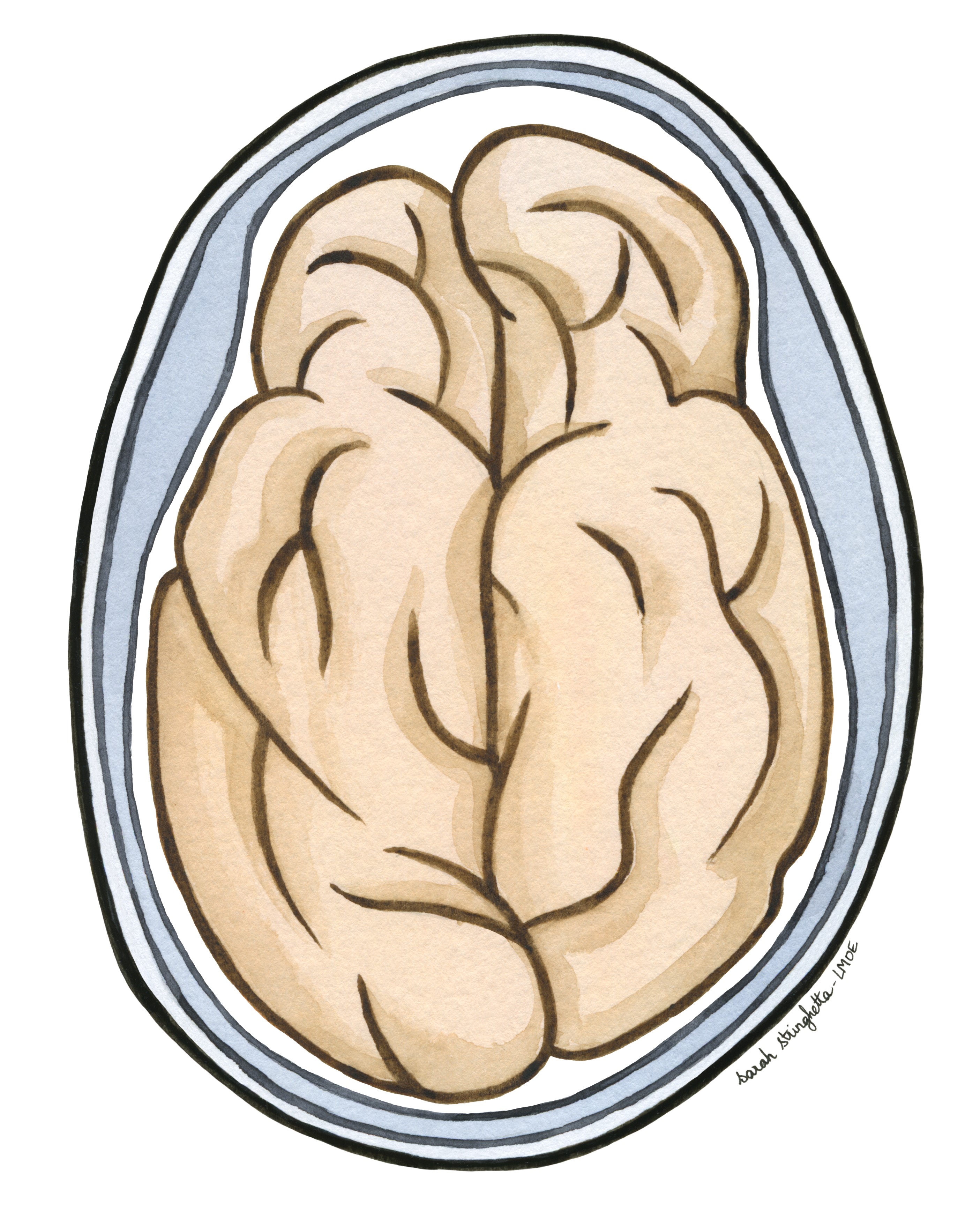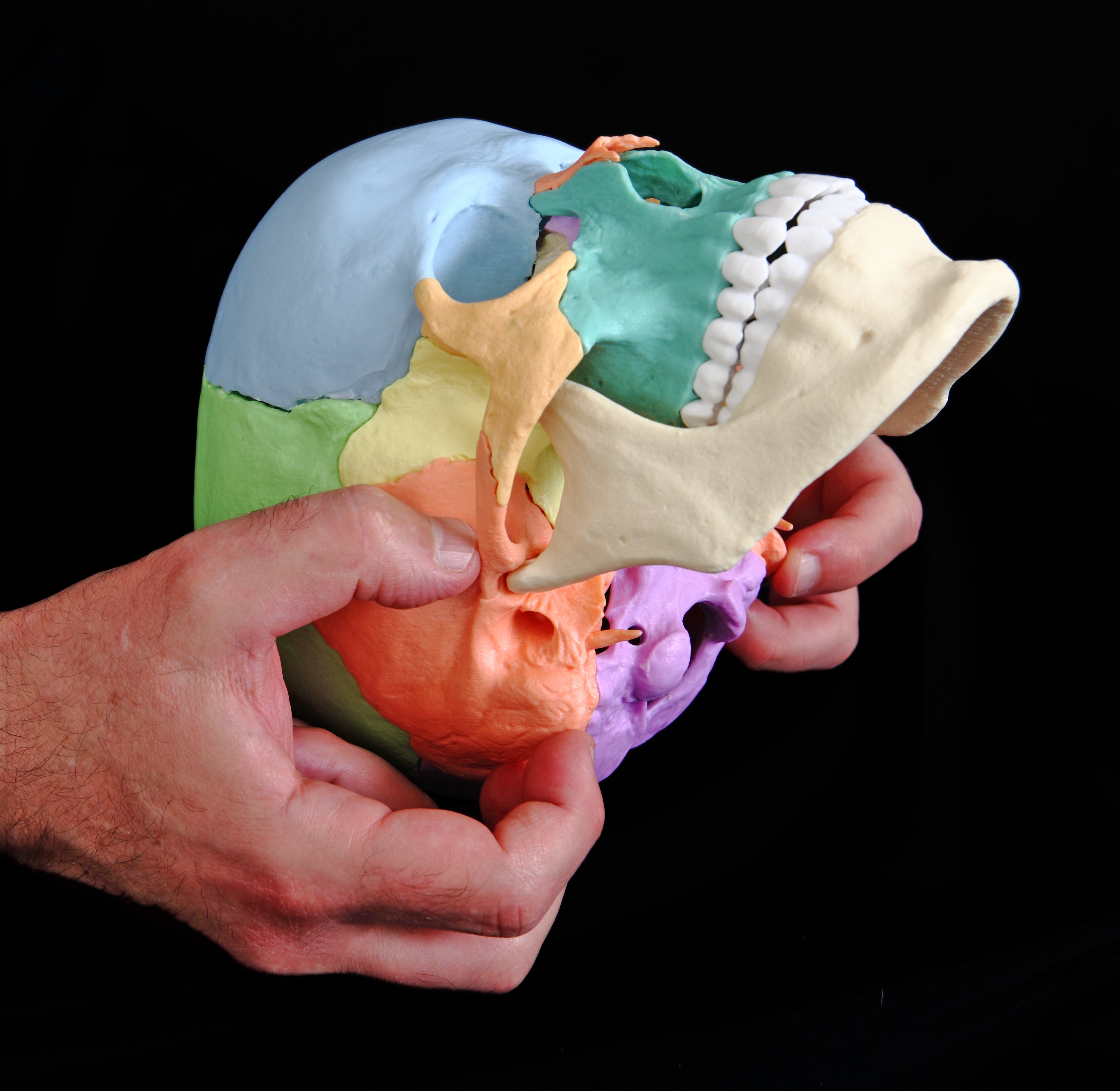Prerequisites
LMO 3 Cranium



3 day course
Objectives:
Update and complete the entire evaluation of the cranium with new tests and their corollary clinical applications.
Presentation of remarkable craniometric point alignments. The secret craniometric point.
Combined corrections of the different fixations of the cranium.
Practice:
Basic tests of the lines of force of the osseous head and new tests (the articulated parallelogram of the base of the cranium)
Tests of the cranium and new tests: nasal spine, mastoid process and petrous part of the temporal bone, tympanic bone, supramastoid crest, ears, line of force between obelion and inion, line of force of the posterior occipital arch.
New tests of the craniocervical junction.
Specific approach to the cranium of the neonate.
Test and specific treatment of benign positional vertigo.
Clinical applications:
The cranium of the neonate: congenital torticollis, plagiocephaly, etc.
Vestibular balance, postural issues and scoliosis.
Vertigo and tinnitus.
Program:
Day 1
Morning (9AM – 1PM):
Examination of the cranium (1): New craniometric points and practical update of the tests of the lines of force of the cranium (architecture of the osseous head).
Afternoon (2:30PM-6:30PM):
Examination of the cranium (2): update and practice of the of the basic tests of the cranium (the 3 floors and the reciprocal tension membranes) with the integration of new tests (venous sinuses, foramen magnum, intraosseous tests of the occipital squama, occipito-odontoidal junction).
Clinical applications: cranium of the neonate, posturology, cranial trauma, headaches, etc.
Day 2
Morning (9AM – 1PM):
Examination of the cranium (3): update and practice of the of the basic tests of the cranium (the temporomandibular module and the teeth) with the integration of new tests (anterior nasal spine and vomer, mastoid process and petrous part of the temporal bone, tympanic bone, supramastoid crest).
Dix-Hallpike test and Epley maneuver
Clinical applications: posturology, scoliosis, vertigo, tinnitus, bruxism, etc.
Afternoon (2:30PM-6:30PM):
Examination of the cranium (4): update and practice of the of the basic tests of the cranium (the bones of the face, the cavities of the face and the sutures of the cranium) with the integration of new tests (sphenoid).
Clinical applications: facial trauma, rhinitis, sinusitis, blocked lachrymal duct, headaches, etc.
Day 3
Morning (9AM – 1PM):
Examination of the cranium (5): update and practice of the of the basic tests of the craniocervical junction with the integration of new tests (line of force between obelion and inion, line of force of the posterior occipital arch and occipitomastoid suture, C0-C1 diastasis).
Afternoon (2:30PM-5PM):
Practical summary of Mechanical Link tests applied to the cranium of the neonate.

